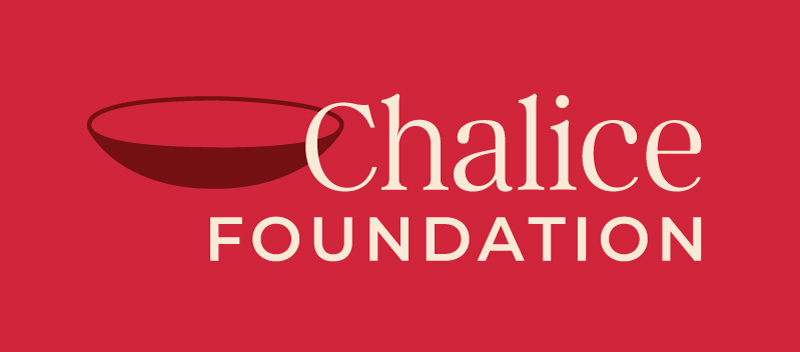Jane Bennett: You recently held an exhibition in Melbourne called Sanitary Secrets, looking at pad ads in Australian Women’s Magazines over 100 years. Can you tell us about your interest and process in bringing this together?

JB: What is your understanding of the ethical role of graphic designers to not perpetuate harmful norms, specifically the menstrual taboo?
Dr. Jane: Graphic designers in the advertising industry work collaboratively with their clients plus writers, account managers, photographers, stylists, illustrators, media bookers and more! It can be difficult to sell in concepts that break with established conventions. However, all designers have an obligation to study the history of their work and understand what influence it has other than just selling goods and services. We now know that positive representations in the media have a direct effect on gender equity in society. This should be a huge consideration for us who generate that imagery.
 JB: What response did you get to the Sanitary Secrets exhibition?
JB: What response did you get to the Sanitary Secrets exhibition?
Dr. Jane: The Sanitary Secrets exhibition displayed 100 period product advertisements from Australian women’s magazines, 1920 to 2020. It was held at the BSide Gallery, Fitzroy during Melbourne Design Week, March 2021. I showed 10 of these ads (one from each decade) to people of all ages to get their personal responses. A pattern of shame and secrecy emerged from the survey but it also showed an improvement in these negative messages. Attitudes were grim from 1920 for several decades but from the year 2000 onwards, participants commented about the effectiveness of simple and socially responsible messaging that felt empowering. They liked clear and informed facts that did not ‘play on women’s insecurities’ and advertisements that had a ‘confident’ and an ‘unapologetic tone’. People did not want to see ‘coy’ or ‘cringeworthy’ concepts that fed off ‘embarrassment’.
 I’ve found myself using the words vagina and period clots in public when presenting on this research. Conversations that the Sanitary Secrets exhibition have sparked are something I could not have imagined myself having as a teenager. The response has been so positive—right through to the woman at Officeworks who printed out the work for the exhibition. She couldn’t resist asking about the images when I picked up the work.
I’ve found myself using the words vagina and period clots in public when presenting on this research. Conversations that the Sanitary Secrets exhibition have sparked are something I could not have imagined myself having as a teenager. The response has been so positive—right through to the woman at Officeworks who printed out the work for the exhibition. She couldn’t resist asking about the images when I picked up the work.
JB: What are the key recommendations you would make to designers, and those making design decisions, regarding promoting menstrual wellbeing and a positive menstrual culture?
Dr. Jane: The exhibition identified three key themes that perpetuate harmful norms. These include the misrepresentation of periods as a medical problem, coding the menstrual taboo through metaphors and traditional feminine roles and modelling secretive behaviour through relationships and private spaces. By simply side-stepping these themes, period positivity can be reinforced while also selling products. Ads that had a more positive tone did not steer away from the colour red, showed a diversity in the people pictured, used clear and direct language, and had a sense of pride rather than shame and secrecy.
Images supplied by Dr Connory.

Dr. Jane Connory
Dr Jane Connory is an experienced communication design lecturer with a demonstrated history of leading and convening subjects at degree and masters' levels at Swinburne University's School of Design. She is skilled in practice-based design research, data visualisation, design history and using design as a tool for activism. Focused on the visibility of women, diversity in design and gender equity, her interests have extended to being the host of the Broad Designs podcast on JOY94.9, the Vice President of the Creative Women's Circle, and the Coordinator of the Taylor & Francis Emerging Scholars Workshops.


